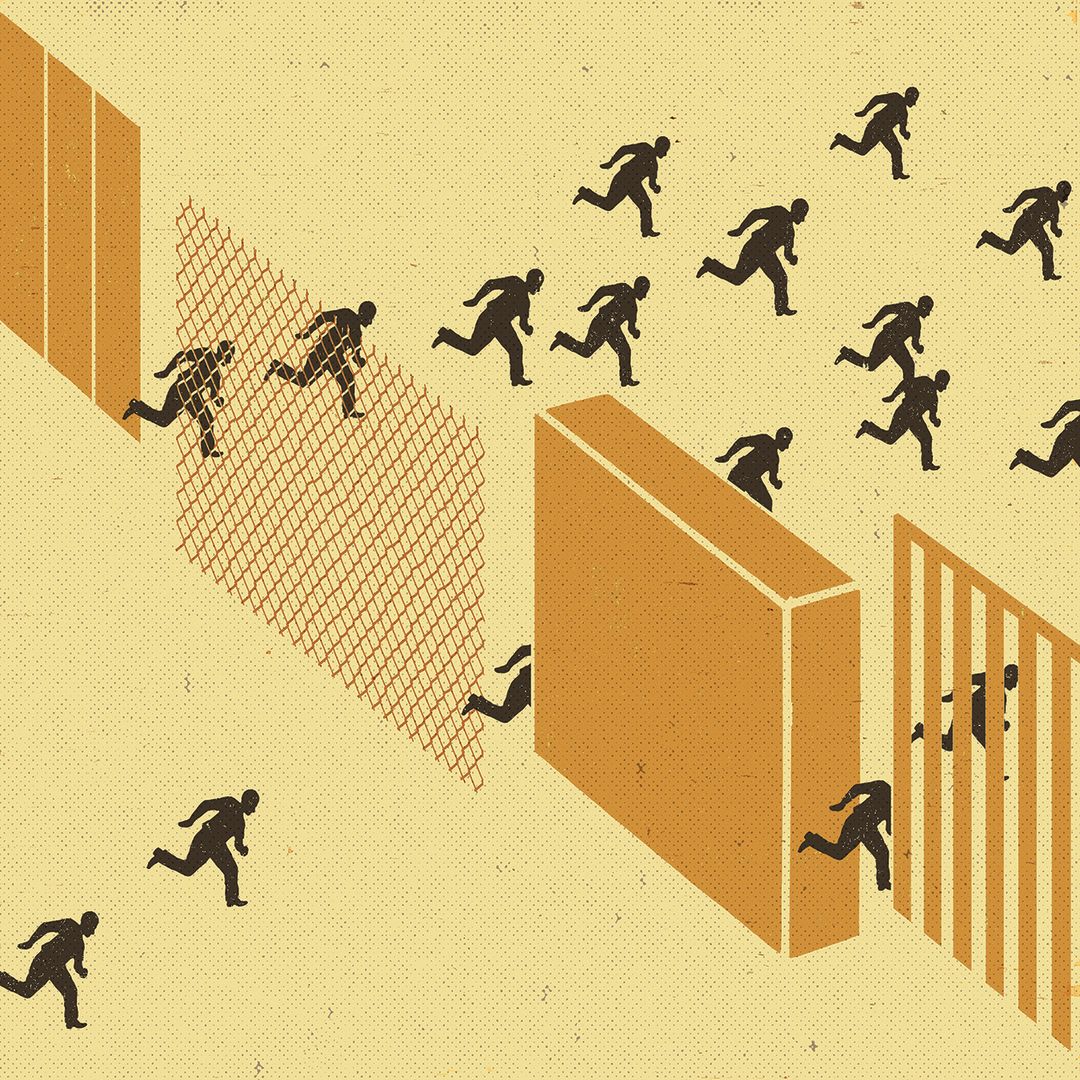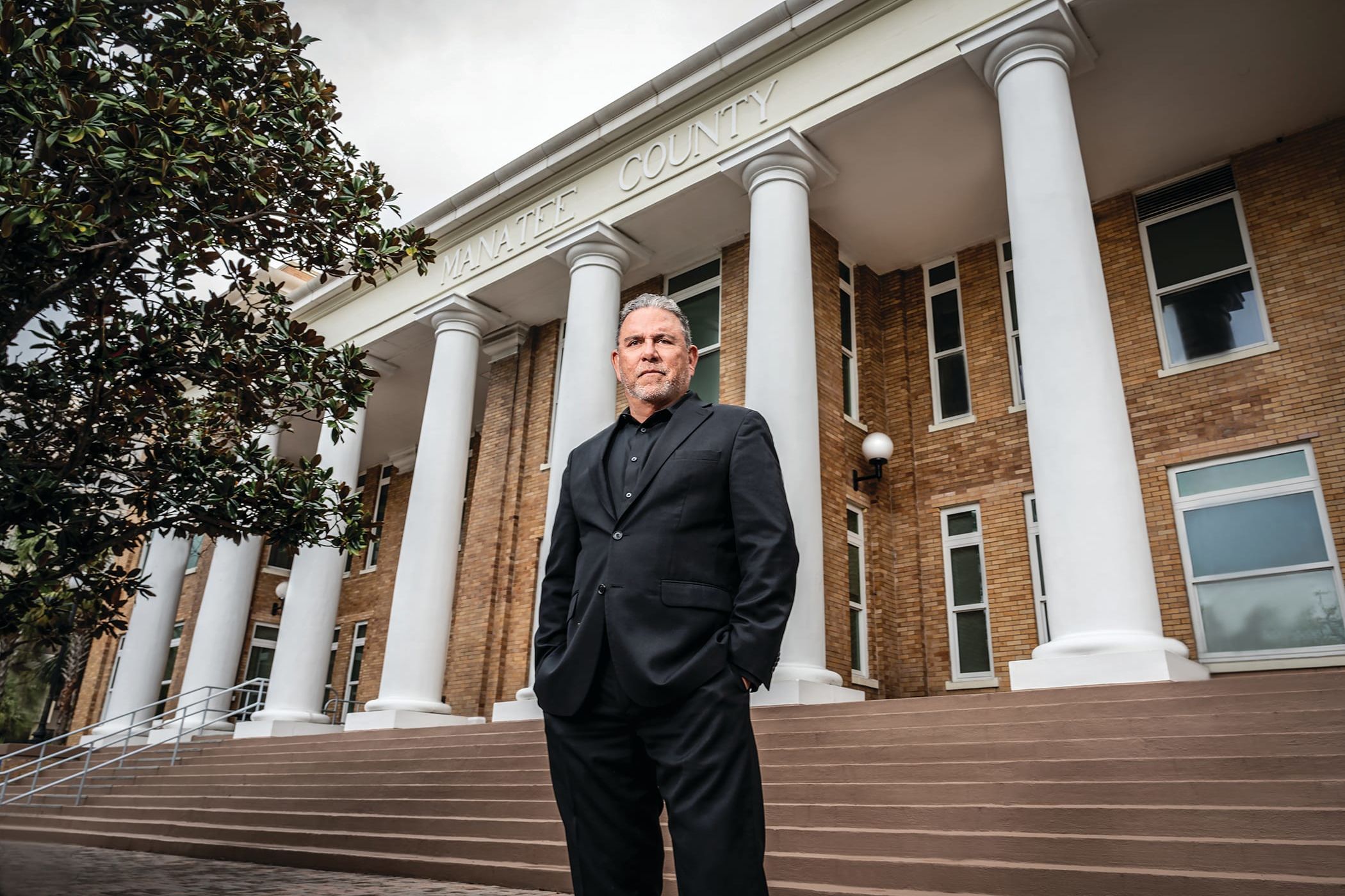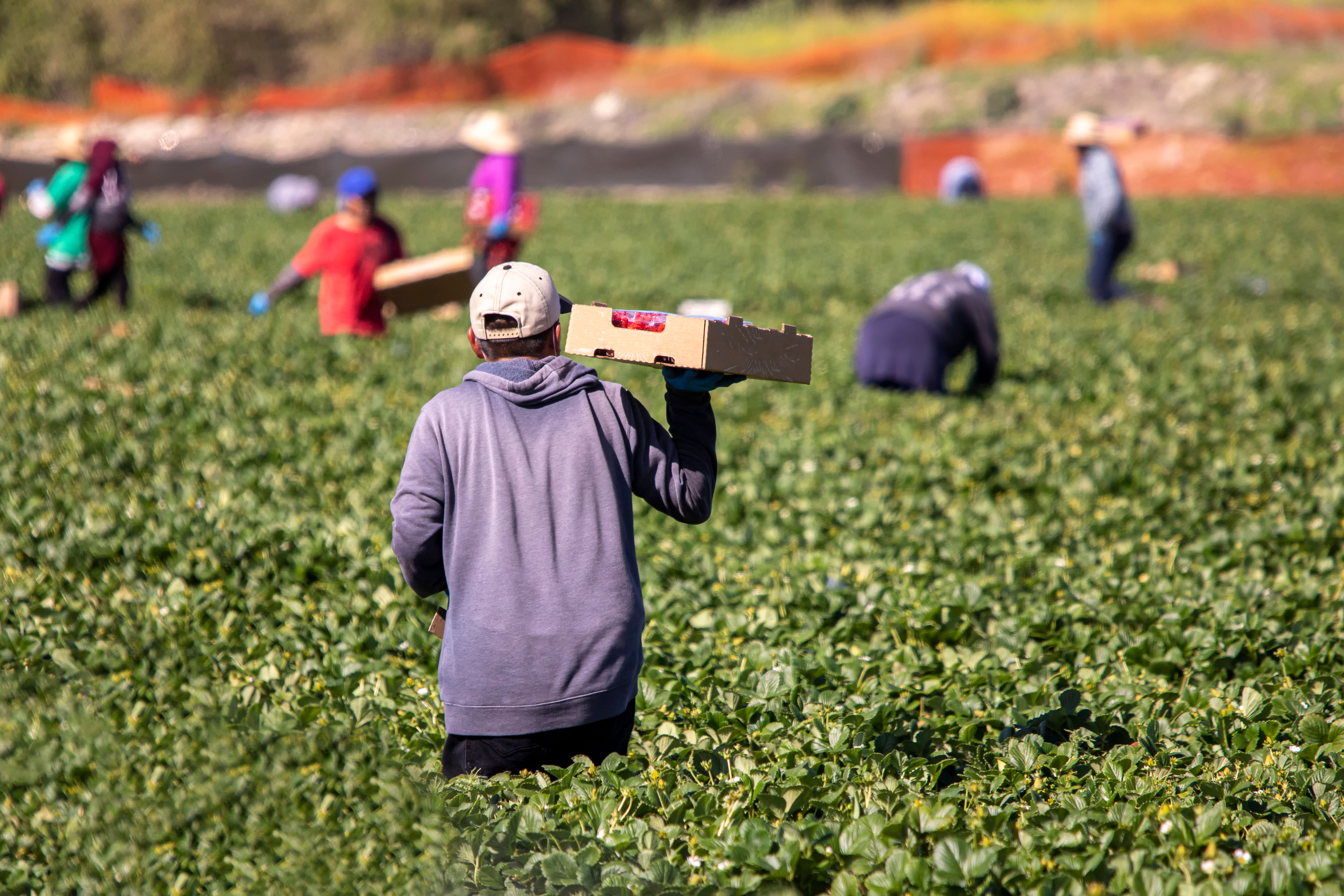Understanding the Immigration Crisis

Image: Dan Page/TheISpot.com
Growing up in Italy in the 1990s, Ilaria Giglioli remembers watching TV and seeing boatloads of people from North Africa crossing the Mediterranean Sea into Europe. “You’d see the refugees in shipwrecks,” she says. “That’s where you could trace the origins of my interest in migration.” Giglioli, a professor of human geography at New College of Florida, studies the movement of people throughout the world. “As a geographer, the essence of what we do is look at the natural and social landscape and wonder how they came to be,” she says. We asked Giglioli to help us understand the immigration crisis, how we got where we are today and what our future might look like.
What do you study?
I focus on three things: borders, nation-states and migration. What are the forces that create change? And how do things change?
What’s an example of something that changes?
Borders as we know them now are pretty recent. For instance, in 19th-century sub-Saharan Africa, you had borders that were traced across territories where people had crossed for years and across which community and family links exist. The borders on the map today have little to do with the social reality on the ground. We look at places like France and England as though they have always existed, but this is not true. Until 100 years ago, people living in those territories didn’t consider themselves to be a part of it.
Are borders different today?
Borders are more established and fortified now. The U.S.-Mexico border came into existence in 1848 at the Treaty of Guadalupe Hidalgo. For a long time, this border was extremely permeable, and it wasn’t until the 20th century that an organized border patrol was created to prevent people from crossing. A lot of countries, up until the 1970s, didn’t have strong border enforcement. We are familiar with the immigration issues in the U.S. and the European Union, but we are seeing a proliferation of walls in other parts of the world. India is building a wall with Bangladesh; Morocco is building a wall with the Western Sahara.
Why the increase? Are people naturally hostile to people who are seen as “others”?
I’m somewhat skeptical of ideas of human nature. People are very much products of the societies that they live in.”
Then what is causing anti-immigrant sentiment, not just here, but in Europe as well?
What you see in common is a feeling of economic insecurity. The debate around immigration takes precedence over more structural discussions about the state of the economy and inequality. There’s no solidarity with a worker in the U.S. and a worker in Mexico. Both are suffering from the same kind of economic inequality. Instead, a reactionary politics takes over and there is a desire to keep others out. A lot of this anti-immigration sentiment has nothing to do with the act of immigration itself. Seeing the border fortified gives people some sense that, ‘Oh, my country as I’ve always known it is still there.'
Do walls work?
Fortifications do little to stop immigration. What it does do is make the journey a lot more dangerous. The Missing Migrants Database documents cases of migrants who die crossing borders. The most dangerous is the Mediterranean border—there were 1,500 deaths so far in 2018. The U.S.-Mexico border is the second most dangerous with 294 deaths.
Are there more migrants today?
There is an unprecedented number of refugees today who are fleeing violence. But in terms of actual migrants, people who are living outside their original country of birth, they only make up about 3 percent of the world’s population. It has not dramatically increased over the past 30 years. People consistently overestimate the percentage of immigrants in their countries by 20 percentage points. Mexican immigration is a lot lower than it was in 2009. The economic incentives of crossing the border are less because the Mexican economy is doing better. There’s a perception that migrants go somewhere and then will rely on welfare. That’s completely wrong. People migrate because there are opportunities. If there aren’t, they don’t go.
Should we have open borders?
We need to remember that fortified borders as we know them today are not natural, and relatively open borders have existed in the past. But even without giving up the concept of borders, there are many reforms that could be made to the current immigration system, such as facilitating access to work visas, especially for undocumented people in this country.
What is the future of the U.S.-Mexico border and anti-immigration attitudes?
Bear in mind, large sections of the U.S.-Mexico border have a wall in place. It dates back to the early 1990s when California had a lot of anti-immigrant sentiment when the state was going through an economic recession. In the mid-’90s, the state passed legislation banning access to public education for undocumented migrants. It was later deemed unconstitutional. Now, California is very favorable toward migrants. A lot of second-generation people [of Mexican parents] who grew up there are in politics and professional positions. In one or two generations we can transform our community and reimagine it so there’s space for everyone. The way to make change is to have people who are affected by these policies directly and indirectly engage in the debate.



